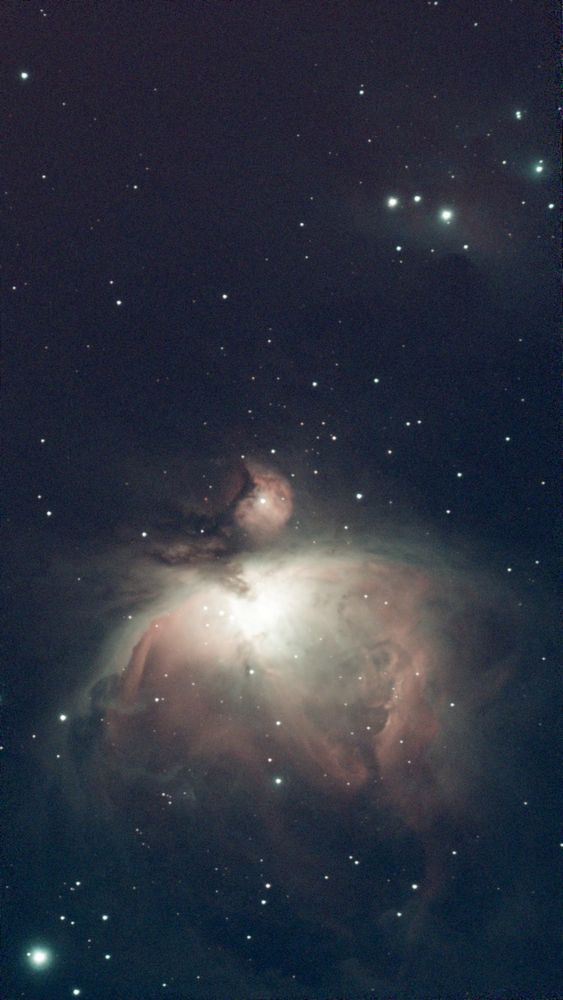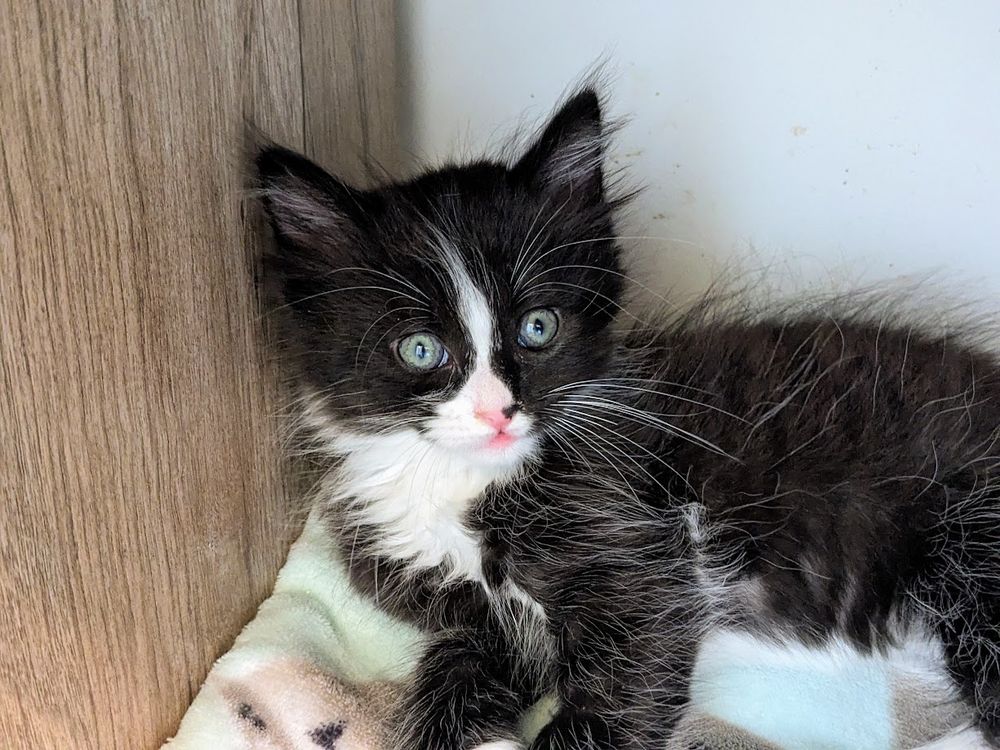
🌌📷⬇️
https://www.astrobin.com/users/tetrameryx/
C/2025 A6 (Lemmon)
This comet was discovered in January 2025 by the Mount Lemmon Survey. It's a bright comet, visible through binoculars! It'll be back around and be visible from earth again in the year 3175, so make sure to mark your calendars 😂

C/2025 A6 (Lemmon)
This comet was discovered in January 2025 by the Mount Lemmon Survey. It's a bright comet, visible through binoculars! It'll be back around and be visible from earth again in the year 3175, so make sure to mark your calendars 😂



Happy lucky 14th wedding anniversary!
Love you to the end, nerd. @coastalpaleo.bsky.social




Happy lucky 14th wedding anniversary!
Love you to the end, nerd. @coastalpaleo.bsky.social
This nebula is a bright emission nebula in the constellation Cassiopea ~9200 light-years away from us. 🔭 #astronomy #astro #astrophoto #astrophotography

This nebula is a bright emission nebula in the constellation Cassiopea ~9200 light-years away from us. 🔭 #astronomy #astro #astrophoto #astrophotography
The Eastern Veil Nebula is a supernova remnant from a star that exploded between 10,000 and 20,000 years ago. When this star exploded, it would have been one of the brightest objects in the night sky, and even visible during the day.

The Eastern Veil Nebula is a supernova remnant from a star that exploded between 10,000 and 20,000 years ago. When this star exploded, it would have been one of the brightest objects in the night sky, and even visible during the day.
NGC 6960 is a supernova remnant from a star that exploded between 10,000 and 20,000 years ago - this star was 20 times more massive than our sun! When this star exploded, it would have been one of the brightest objects in the night sky, & visible during the day.
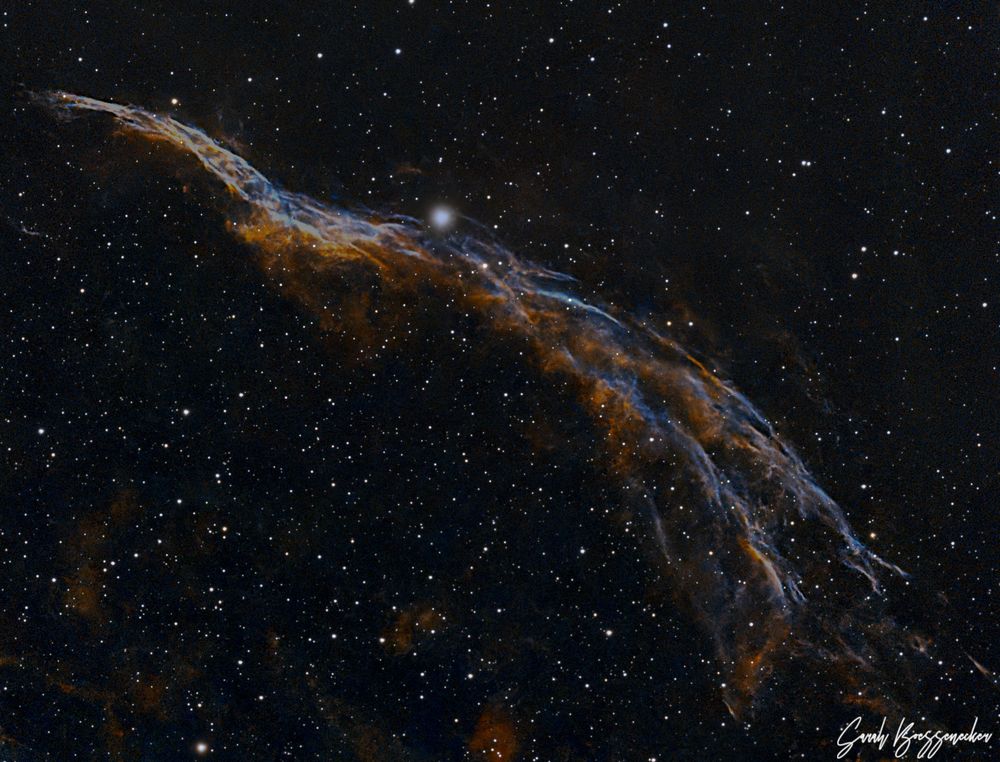
NGC 6960 is a supernova remnant from a star that exploded between 10,000 and 20,000 years ago - this star was 20 times more massive than our sun! When this star exploded, it would have been one of the brightest objects in the night sky, & visible during the day.
The Wizard Nebula is a fairly young (~4-12 million years old) nebula in the constellation Cepheus. The cluster of stars that is surrounded by the nebulosity is over 20 light-years long!
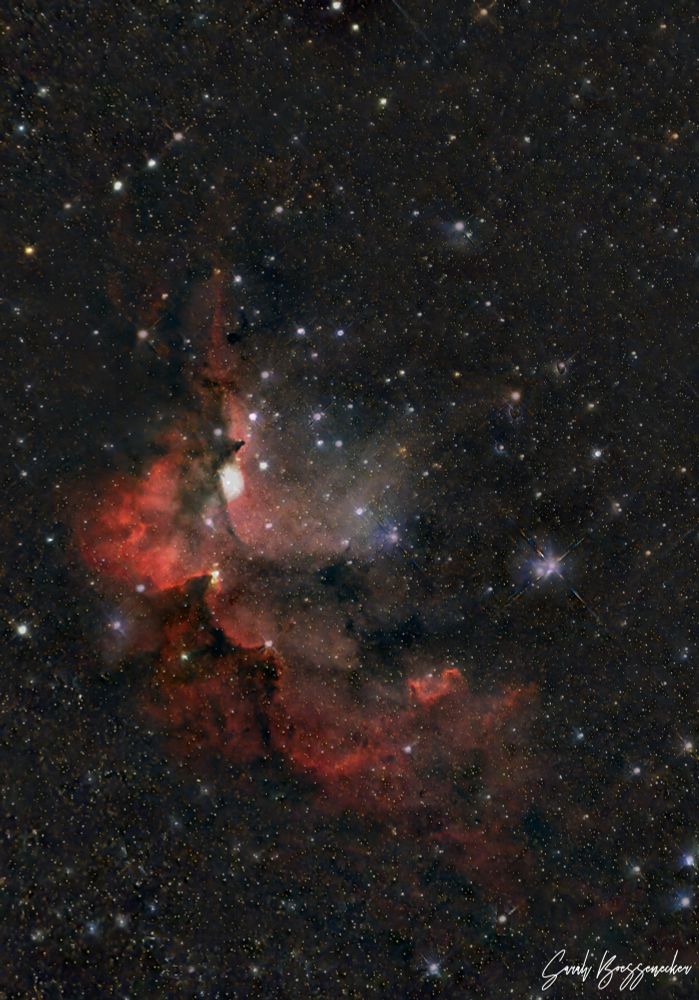
The Wizard Nebula is a fairly young (~4-12 million years old) nebula in the constellation Cepheus. The cluster of stars that is surrounded by the nebulosity is over 20 light-years long!
The Iris Nebula is a bright reflection nebula some 1300 light-years away from earth, and is about 6 light-years across. This nebula does not produce its own light...
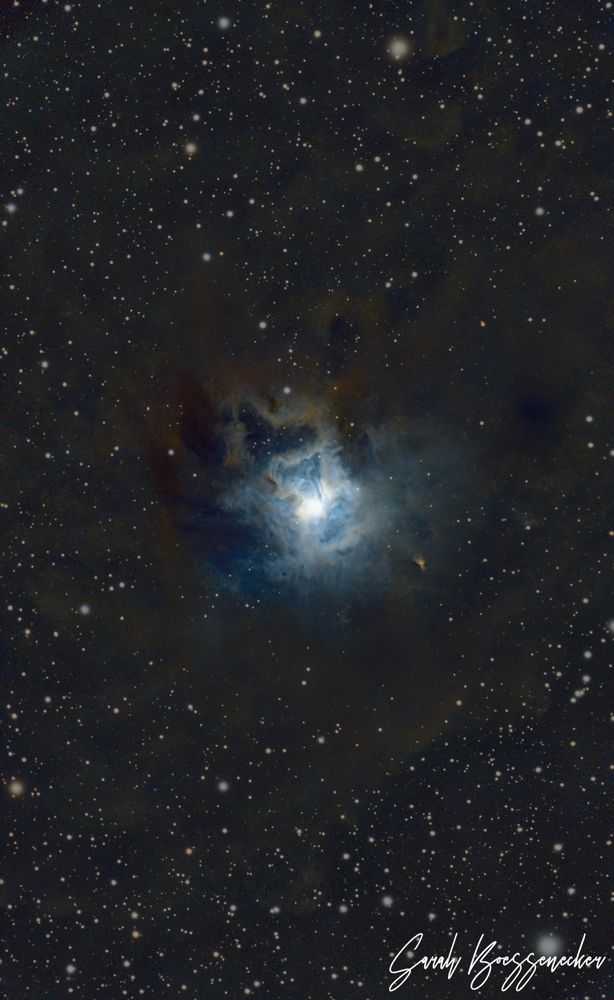
The Iris Nebula is a bright reflection nebula some 1300 light-years away from earth, and is about 6 light-years across. This nebula does not produce its own light...
The Dumbbell Nebula is a planetary nebula surrounding a white dwarf about 1360 light years away. This is a young nebula - likely around 9800 years old!

The Dumbbell Nebula is a planetary nebula surrounding a white dwarf about 1360 light years away. This is a young nebula - likely around 9800 years old!
M16 is an active nebula some 5,700 light-years away. This nebula contains one of the Hubble Telescope’s most famous and iconic images, taken in 1995 - the “Pillars of Creation.”

M16 is an active nebula some 5,700 light-years away. This nebula contains one of the Hubble Telescope’s most famous and iconic images, taken in 1995 - the “Pillars of Creation.”
M13 is a huge globular cluster in the constellation Hercules. It is about 145 light -years in diameter, and contains between 300,000 to over half a million stars!

M13 is a huge globular cluster in the constellation Hercules. It is about 145 light -years in diameter, and contains between 300,000 to over half a million stars!
Last summer, @coastalpaleo.bsky.social and I went to a bortle 1 sky - those are the darkest skies possible, with no light pollution. The skies were so perfect, you could see SO MANY stars, it was really difficult to make out constellations!

Last summer, @coastalpaleo.bsky.social and I went to a bortle 1 sky - those are the darkest skies possible, with no light pollution. The skies were so perfect, you could see SO MANY stars, it was really difficult to make out constellations!
Been working on this target off and on for a few weeks, as clear nights allowed. By the end of my imaging session last night, I had a little over 7 hours of data and felt good about picking a new target to focus on for a bit.

Been working on this target off and on for a few weeks, as clear nights allowed. By the end of my imaging session last night, I had a little over 7 hours of data and felt good about picking a new target to focus on for a bit.
It’s been cloudy at night for a couple of weeks, & no end in sight! Late spring in San Diego isn’t great for astrophotography, so I’m processing old images I was never happy with before, & hadn’t shared them until I got better software & more practice w/ editing.

It’s been cloudy at night for a couple of weeks, & no end in sight! Late spring in San Diego isn’t great for astrophotography, so I’m processing old images I was never happy with before, & hadn’t shared them until I got better software & more practice w/ editing.
Took this image about a year ago, under a bortle 1 sky. Only spent around 2 hours on it, as I wanted to image other targets that night, but wish I’d spent more time on it! I’ll have to image it again to get more data for it.

Took this image about a year ago, under a bortle 1 sky. Only spent around 2 hours on it, as I wanted to image other targets that night, but wish I’d spent more time on it! I’ll have to image it again to get more data for it.
Took a 2-minute video of our half moon last night before moving on to my main target, & used some programs to pull out individual frames & stack them. It's better to image a half or crescent moon rather than a full moon, because you can get the shadows playing over the craters.

Took a 2-minute video of our half moon last night before moving on to my main target, & used some programs to pull out individual frames & stack them. It's better to image a half or crescent moon rather than a full moon, because you can get the shadows playing over the craters.



Spent 5 or so hours imaging this galaxy pair, and I will likely add more time to it in the future,
M81 and M82 are two interacting galaxies some 12 million light years away, and the pair of them were discovered by Johann Elert Bode in 1774.

Spent 5 or so hours imaging this galaxy pair, and I will likely add more time to it in the future,
M81 and M82 are two interacting galaxies some 12 million light years away, and the pair of them were discovered by Johann Elert Bode in 1774.
